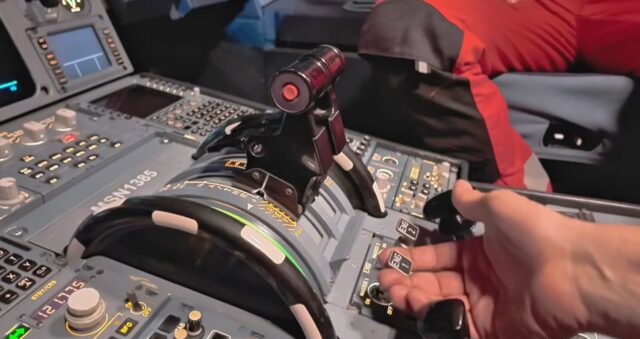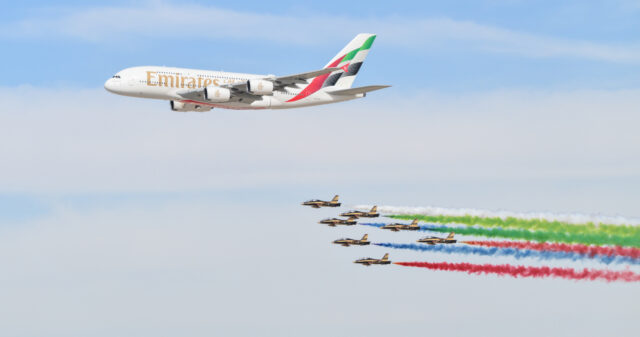Ilyushin Il-114-300 nears certification as first international test flight lands in Kazakhstan

October 24, 2025
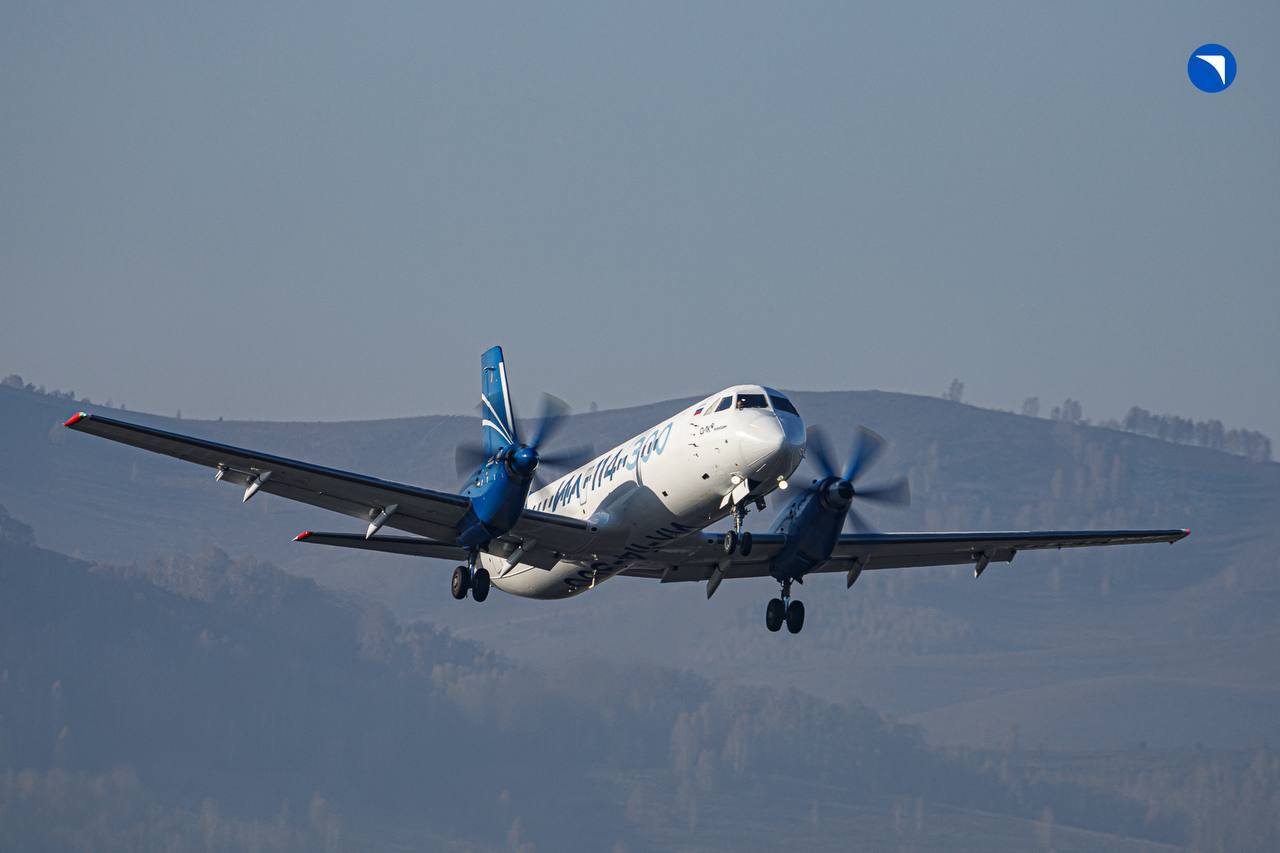
Russia has begun flight testing its revived Ilyushin Il-114-300 regional turboprop, marking a critical step in Moscow’s effort to restart domestic airliner production after years of dependence on Western components.
With sanctions crippling access to imported parts and hundreds of ageing Soviet-era aircraft nearing the end of their service lives, the success of programmes like the Il-114 has become a matter of national urgency for Russia’s civil aviation sector.
UAC takes Il-114 turboprop to Altai and Kazakhstan
Russia’s United Aircraft Corporation (UAC) has shared that its regional passenger Ilyushin Il-114-300 turboprop aircraft has begun flight tests in Russia’s Altai Republic, a mountainous region in southern Siberia. The landscape here offers a demanding environment for the Il-114-300, reflecting its intended role on short, rugged regional routes.
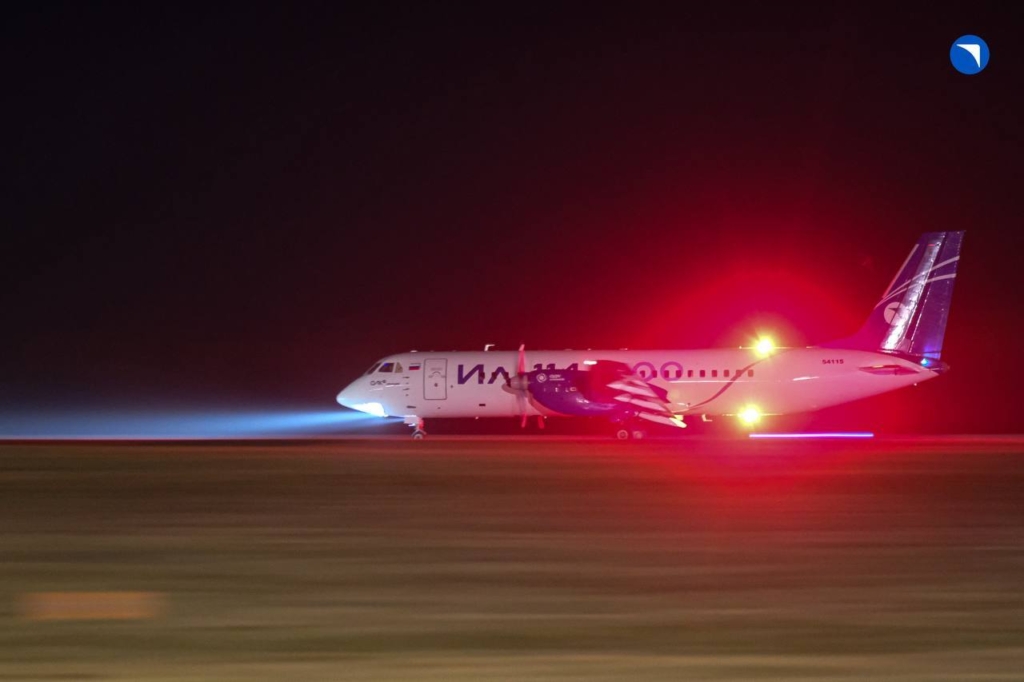
While the Il-114’s original design dates back to the Soviet era, the aircraft has taken on new importance in post-sanctions Russia. The development of the updated Il-114-300 began in the late 2010s, but Western components — particularly avionics and engine parts — forced repeated redesigns.
Following the imposition of sanctions in 2022, the programme was restructured around fully Russian suppliers, delaying certification but making it a cornerstone of Moscow’s import-substitution strategy for civil aviation.
Designed to carry up to 68 passengers over routes of 1,500 km, it is powered by Klimov TV7-117ST-01 engines and equipped with Russian-made avionics. The aircraft is intended for short, rugged runways across Siberia and the Arctic, where air travel is often the only transport link.
UAC said on Telegram that the Il-114-300 is now in the final stages of certification testing. It added that one Il-114-300 had landed at Krayniy Airport in Baikonur, Kazakhstan, marking the first international flight of the type.
Baikonur, once the heart of the Soviet space programme, was handed over to Kazakhstan after the collapse of the USSR in 1991. Although the Baikonur Cosmodrome remains under Russian lease until 2050, the site and its surrounding city are officially Kazakh territory.
Daniil Brenerman, Managing Director of PJSC Ilyushin, added that the current tests are checking navigation modes in mountainous terrain and conducting evaluations of its performance on international air routes.
“The tests are going well, and soon we will complete the planned work in Altai and return the aircraft to the base to complete the certification programme,” Brenerman added.
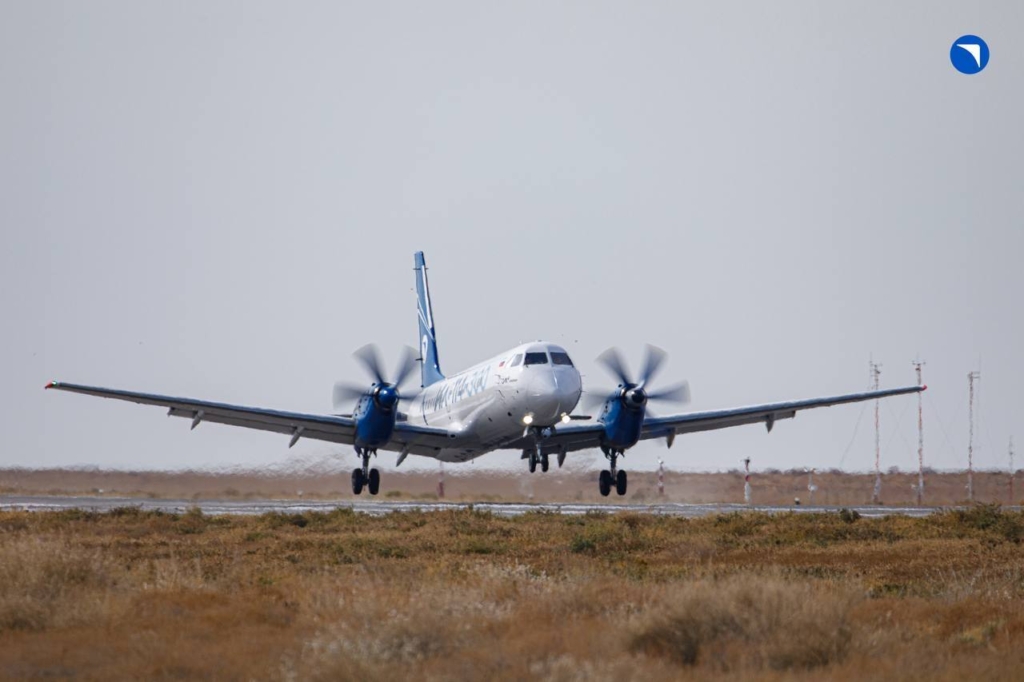
With many of Russia’s regional aircraft dating from the Soviet Union and some airframes half a century old, Russia is desperate to start production of an aircraft able to service its many remote communities over the vast nation. Flying is often the only way to access remote communities where roads are nonexistent.
The crash of the 49-year-old Angara Airlines Antonov An-24 regional aircraft highlighted the urgent need to replace these aircraft.
Russia gearing up for domestic airliner production in 2026
In August 2025, the Russian news outlet Kommersant reported that Russia’s Rostec would launch serial production of domestically produced Yakovlev MC-21s, Sukhoi Superjets, and Ilyushin Il-114 in 2026. Certification for the Superjet is also ongoing.

The first import-substituted MC-21 variant is now flying, although serial production has been pushed back to the end of 2026. With Russian components, the MC-21 is now several tons overweight. Engineers have been told to shed over four tons of weight, although they have said less than one ton is possible.
Additionally, it is reported that Tupolev is almost ready to deliver the first Russified Tu-214 in a business jet configuration to Red Wings. The aircraft should be delivered either at the end of 2025 or the beginning of 2026.
Russia has problems with aircraft construction! 🇷🇺Kazan Aviation Plant (KAZ) to deliver only 1 Tu-214 in 2025, missing the target of 3—3rd year of failure, per @MoscowTimes. Since 2022, just 1 plane built. Reasons: labor shortages, weak capacity, no industry cooperation. Parts… pic.twitter.com/GegNTgYdku
— Kyrylo Shevchenko (@KShevchenkoReal) October 23, 2025
That airframe’s construction began in 2019, and the Russian news site, Business Online, suggested it still might have some imported components or parts salvaged from other aircraft. The Tu-214 is considered an obsolete Soviet airliner and Aeroflot has dropped its orders for 40 examples in favour of the MC-21.
A slow start to domestic production
Russia is racing to substitute sanctioned Western components and put domestic aircraft back into production. Since Western sanctions came crashing down in early 2022, Russian industry has failed to deliver a single passenger jet, except for seven Superjets assembled with pre-stocked components.

In 2023, Russia announced it would build 1,036 aircraft of all types by 2030. The idea was for it to produce 142 Superjets, 270 MC-21s, 70 Il-114-300s, 70 Tu-214s, 12 Il-96-300s, 140 TVRS-44 Ladogas, 178 Let L-410s, and 154 LMS-901 ‘Baikal’ aircraft.
Even after these aircraft go into serial production, Russia’s civil aviation is competing with military aviation in the middle of the Ukraine war and does not have enough resources to produce aircraft at a high rate. In 2025, Business Online pointed out that Russia still plans to produce 20 Tu-214s annually, even though the capacity of the plant will not be more than 5-6 per year.
In October 2025, Kommersant reported the worst-case scenario calls for the retirement of 230 Russian and 109 foreign aircraft by 2030.
Feature Image: United Aircraft Corporation (UAC)
